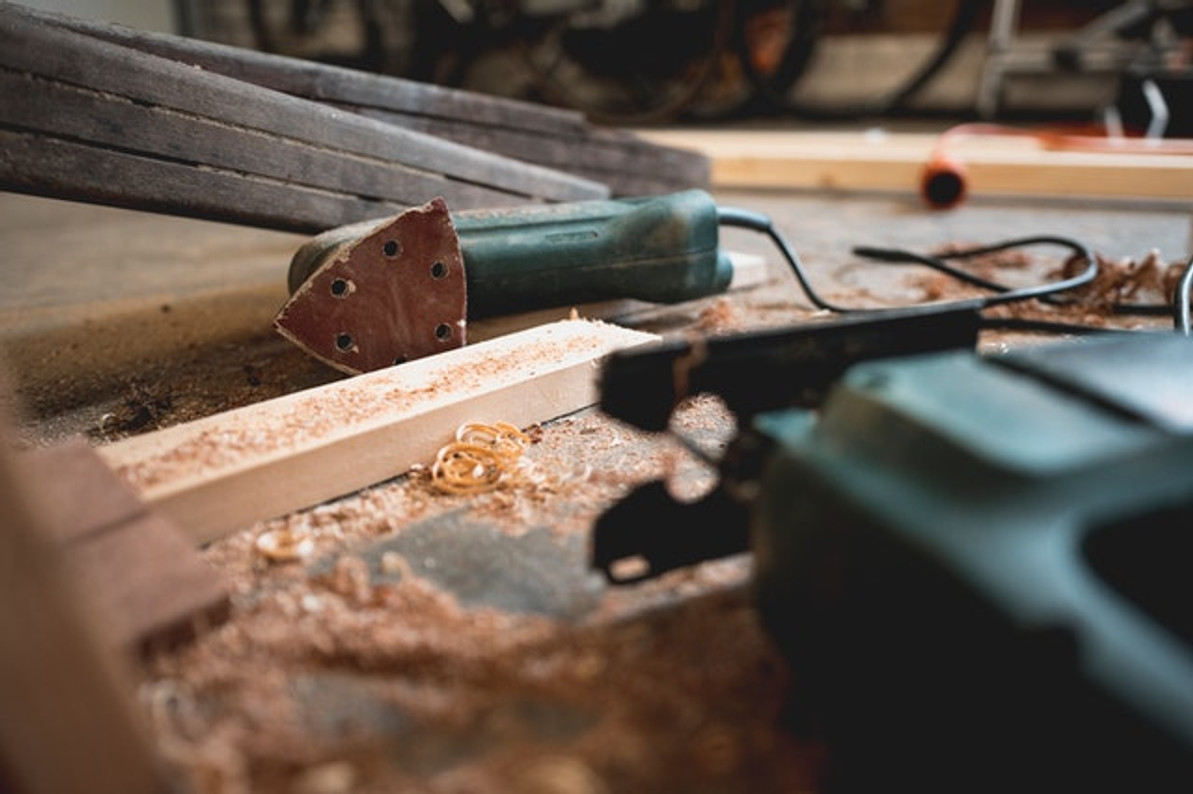5 Safety Tips to Follow When Using Corded Power Tools
Corded power tools are common in the workplace. From sanders and miter saws to screwdrivers and air compressors, they are used in a wide variety of industries. Power tools, of course, can be corded or portable. While portable power tools are more convenient, they require the use of a rechargeable battery. If you use corded power tools, you should consider the following safety tips to lower your risk of injury.
#1) Inspect the Prongs
Before using a corded power tool, take a moment to inspect the prongs. The prongs are the metal rods within the connector at the end of the cord. Some corded power tools have two-pronged connectors, whereas others have three-pronged connectors. Regardless, you should check the prongs to ensure they are straight and not damaged. Bent or otherwise damaged prongs can create an electrical hazard that places you at risk for injury.
#2) Avoid Linking Extension Cords
Don't make the mistake of connecting your corded power tool to a series of interlinked extension cords. Depending on the type of power tool, as well as the extension cord type, you might be able to connect it to a single extension cord. Connecting it to multiple extension cords, though, can create a fire hazard. The extension cords may heat up to the point where they catch fire. Therefore, it's best to avoid connecting corded power tools to multiple extension cords.
#3) Don't Cover the Cord
Another safety tip to follow when using corded power tools is to leave the cord exposed. In other words, don't cover the cord with a rug, tools or other objects. All electricity-carrying cords produce heat. Normally, this heat will dissipate without posing a concern. Covering the cord, however, will trap its heat. Whether you're planning to use it outdoors or indoors, make sure the cord is uncovered so that the heat will safely dissipate.
#4) Insert Firmly Into the Outlet
When inserting the cord into an outlet, make sure it's firm and not loose. Cords that are too loose, of course, may fail to deliver power. You won't be able to use the power tool if the cord isn't connected to an outlet. With that said, a loose cord can create an electrical hazard as well. Electricity will travel from the wall to the prongs. And if the cord is loose, some of the prongs may be exposed.
#5) Remove the Cord When Finished
After you are finishing using the corded power tool, remove the cord from the outlet. Don't leave the power tool plugged into the wall. Instead, remove it by gently pulling the cord out of the wall outlet. Leaving it plugged into the outlet is an electrical hazard that, like the other hazards listed here, can place you at risk for injury.
Recent Posts
-
Fire Safety in the Workplace: What You Need to Know
What steps are you taking to prevent fires in your workplace? According to the U.S. Occupational Saf …Aug 23rd 2023 -
Is It Safe to Go Jogging With a Cold Infection?
If you're suffering from a cold infection, you might be wondering whether it's safe to go jogging. T …Aug 22nd 2023 -
5 Safety Tips to Follow When Using a Powder-Actuated Tool
Powder-actuated tools are commonly used to join materials to steel and concrete. Also known as Hilti …Aug 20th 2023




